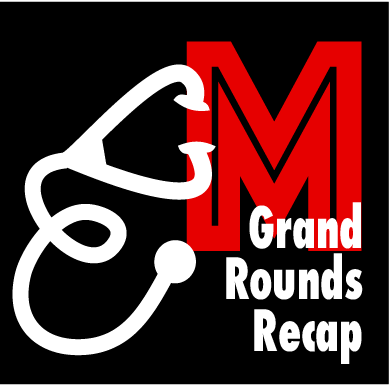Grand Rounds Recap 2.8.23
/During Grand Rounds this week, we had the pleasure of hosting our Brian Gibler visiting lecturer Dr. John Deleda who Spoke about Henry Ford Hospitals COVID-19 response and the leadership lessons he learned over his career. Dr. Della Porta then gave us the rundown on different blood products and using TEG. We discussed PPROM, Breech delivery, and neonatal resuscitation with Dr. Crawford. The CPC showdown with Dr. Minges and Dr. Brower ended as a case of Hyperleukocystosis and Leukostasis. We ended the day with a talk from our PEM colleagues on inborn errors of metabolism.
Read More










